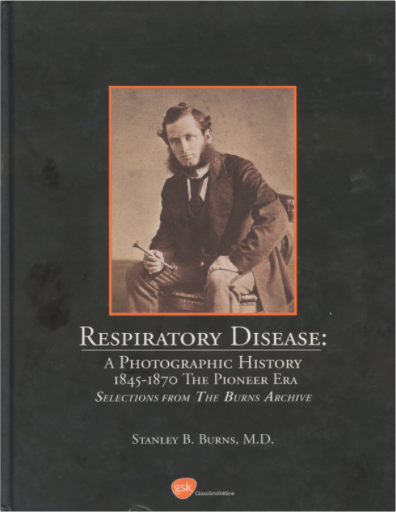 Boxed set of four volumes with text and illustrations; each volume is approximately 50 pages  Boxed set of four volumes with text and illustrations; each volume is approximately 50 pages  Japanese geisha and courtesans intrigue and fascinate Westerners. During the mid-nineteenth century, Japan opened its doors to the world and became an essential destination for travelers. Tourists desired images of landscapes and traditional Japanese culture, which Japanese photographers provided. They created souvenir albums consisting of hand-colored photographs individually chosen by the tourist. Many are so beautifully painted that they challenge modern sensibilities familiar with color photography. The photographic conventions were inspired by the aesthetics of the noted colored woodblock print medium of ukiyo-e and the privately published surimono. These works depicted the “floating world”—courtesans, geisha, and entertainments—which also were intriguing subject matter for tourists.  096129583X 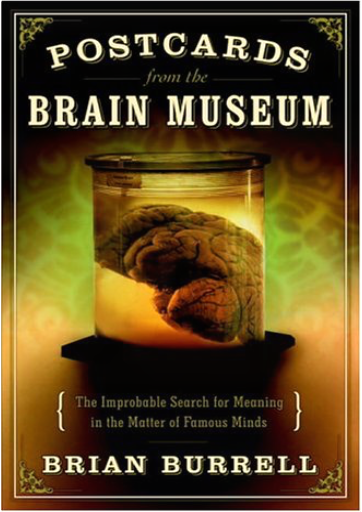 What makes one man a genius and another a criminal? Is there a physical explanation for these differences? For hundreds of years, scientists have been fascinated by this question. | 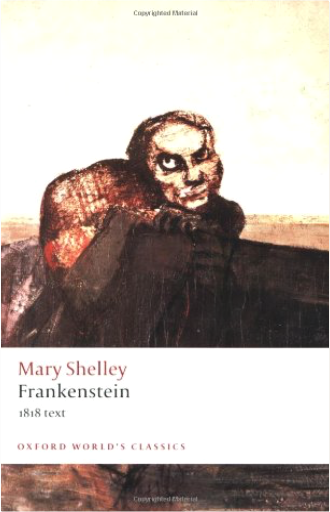 Shelley's enduringly popular and rich gothic tale confronts some of the most feared innovations of evolutionism and science—topics such as degeneracy, hereditary disease, and humankind's ability to act as creator of the modern world. This new edition, based on the harder and wittier 1818 version of the text, draws on new research and examines the novel in the context of the controversial radical sciences developing in the years following the Napoleonic Wars, and shows the relationship of Frankenstein's experiment to the contemporary debate between champions of materialistic science and proponents of received religion.  In the period between 1150 and 1550, an increasing number of Christians in western Europe made pilgrimage to places where material objects—among them paintings, statues, relics, pieces of wood, earth, stones, and Eucharistic wafers—allegedly erupted into life by such activities as bleeding, weeping, and walking about. Challenging Christians both to seek ever more frequent encounter with miraculous matter and to turn to an inward piety that rejected material objects of devotion, such phenomena were by the fifteenth century at the heart of religious practice and polemic. In Christian Materiality, Caroline Walker Bynum describes the miracles themselves, discusses the problems they presented for both church authorities and the ordinary faithful, and probes the basic scientific and religious assumptions about matter that lay behind them. She also analyzes the proliferation of religious art in the later Middle Ages and argues that it called attention to its materiality in sophisticated ways that explain both the animation of images and the hostility to them on the part of iconoclasts. Seeing the Christian culture of the fourteenth and fifteenth centuries as a paradoxical affirmation of the glory and the threat of the natural world, Bynum's study suggests a new understanding of the background to the sixteenth-century reformations, both Protestant and Catholic. Moving beyond cultural study of "the body"—a field she helped to establish—Bynum argues that Western attitudes toward body and person must be placed in the context of changing conceptions of matter itself. Her study has broad theoretical implications, suggesting a new approach to the study of material culture and religious practice.  Here is a late-nineteenth century rogues¿ gallery of America¿s foremost murderers, bank robbers, conmen, forgers, embezzlers, and pickpockets, with more than 200 photographs.  In this handsome book, Anthea Callen deals with issues of sexuality, gender, and visual representation to illuminate the underlying meanings of Degas`s depictions of women in his series of bathers, dancers, and prostitutes. She argues that the gender politics of Degas` culture made it inevitable that he represent masculine desire-and anxieties about masculine identity evoked by such desire-through an apparently detached masculine scrutiny of the female body. 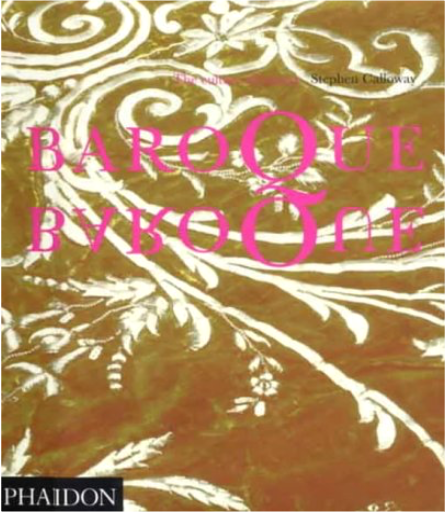 This book examines the culture of excess in all its 20th-century manifestations. Fashion, film, photography, design and decoration: all feature in Stephen Calloway's sweep through the colourful, the opulent and the theatrical. The author examines the early forays into the visual possibilities of Baroque excess - by the Sitwells, Cecil Beaton, Angus McBean and others - as well as the emotionally darker investigation of the Baroque spirit by the wartime Neo-Romantics or film-makers such as Fellini and Jarman. Tracing the Baroque tendency into the 1990s, he demonstrates how ideas have cross-fertilized down the century, providing links between such unlikely bedfellows as Leon Bakst and Luis Bunuel, Coco Chanel and Nigel Coates, Liberace and Lacroix. Illustrated with a wealth of photographs taken from all areas of the arts and the media, this book provides a celebration that is truly Baroque in its richness and variety. 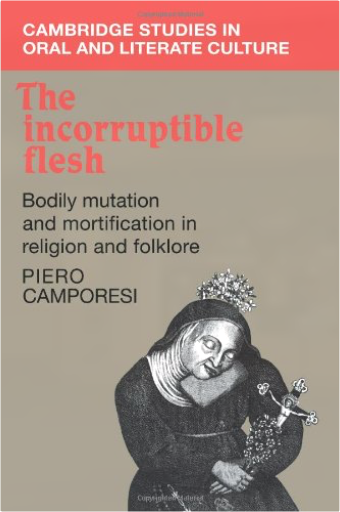 What significance did the body have for the obsessively religious, superstitious, yet materially bound minds of the pre-industrial age? The human body was a constant prey to disease, plague, unhealthy living conditions, the evil effects of druggery and nutritional deficiency, yet the saints seemed to testify to the existence of life beyond this, to a tangible Garden of Eden where all suffering was reversed. The right to entry to this haven was also seen in corporeal terms. The practice of abstemiousness, self-inflicted torture, even the courting of humiliation could trigger visions of beatitude, of the longed-for paradise. In this extraordinary and often astounding book, Professor Camporesi traces these experiences back to various documents across the centuries and explores the juxtaposition of medicine and sorcery, cookery and surgery, pharmacy and alchemy. He opens the window on a fascinating and colourful, if at times violent, world: of levitating and gyrating saints, gardens full of candied fruits and crystalline fountains, amazing exorcisms and arcane medical practices.  The Normal and the Pathological is one of the crucial contributions to the history of science in the last half century. It takes as its starting point the sudden appearance of biology as a science in the 19th-century and examines the conditions determining its particular makeup.Canguilhem analyzes the radically new way in which health and disease were defined in the early 19th-century, showing that the emerging categories of the normal and the pathological were far from being objective scientific concepts. He demonstrates how the epistemological foundations of modern biology and medicine were intertwined with political, economic, and technological imperatives.Canguilhem was an important influence on the thought of Michel Foucault and Louis Althusser, in particular for the way in which he poses the problem of how new domains of knowledge come into being and how they are part of a discontinuous history of human thought. |

Morbid Anatomy Museum
Collection Total:
1,253 Items
1,253 Items
Last Updated:
Jan 26, 2016
Jan 26, 2016


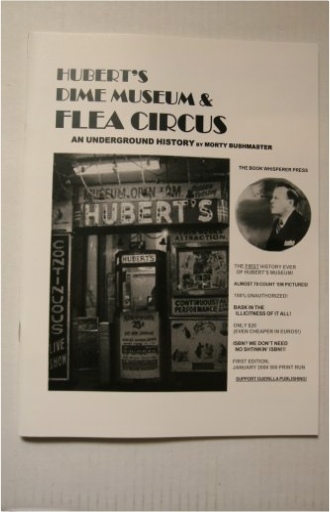
 Made with Delicious Library
Made with Delicious Library